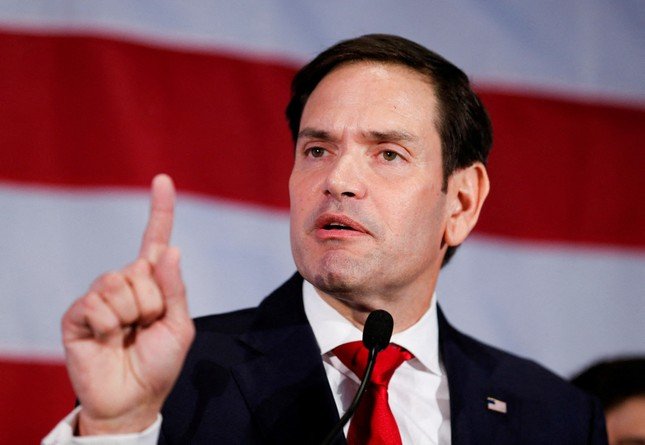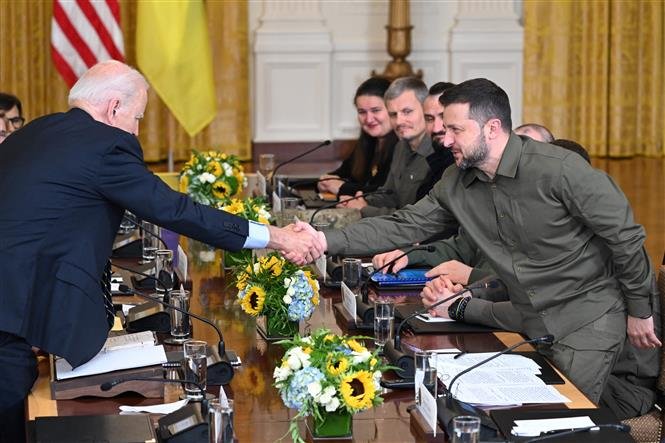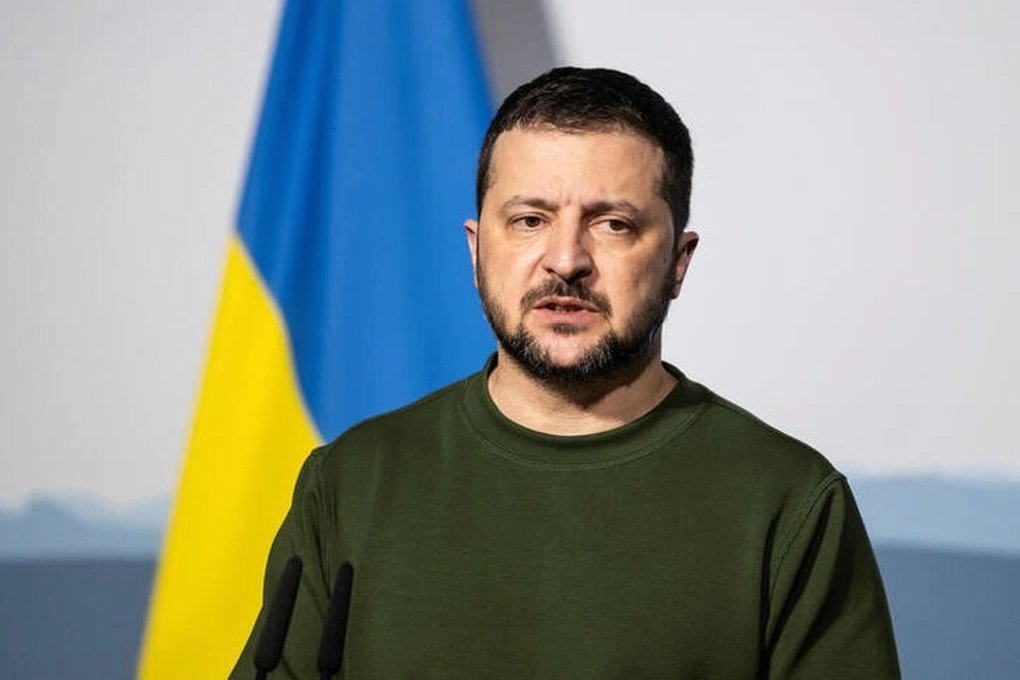In a surprising turn of events that has captured global attention, Russia has announced that peace talks with Ukraine are “making progress.” After over two years of bitter conflict, rising casualties, and economic destabilization, any sign of progress in negotiations is bound to stir cautious optimism. While skepticism remains high, especially among Western allies and international analysts, the prospect of a diplomatic resolution is seen as a critical juncture in the ongoing war that has reshaped modern geopolitics.
### The Current Landscape of the Conflict

The war between Russia and Ukraine, which began in February 2022, has not only devastated cities and claimed thousands of lives but also deeply polarized the world. NATO countries and the European Union have largely sided with Ukraine, providing military aid, humanitarian support, and imposing sweeping sanctions on Russia. Meanwhile, Russia has portrayed the conflict as a strategic necessity, citing security concerns and the defense of Russian-speaking populations in eastern Ukraine.
With both sides deeply entrenched and numerous failed ceasefires, the announcement of “progress” in peace talks comes as an unexpected shift. Russian officials have hinted that there has been a “new willingness” on both sides to explore diplomatic channels, even as military operations continue in certain regions.
### Russia’s Official Statement and Strategic Messaging
The statement from the Kremlin was delivered through Deputy Foreign Minister Mikhail Galuzin, who asserted that “there has been tangible progress in several key areas of negotiation.” Although no specific agreements have been made public, Galuzin emphasized that channels of communication remain open and that talks are occurring at multiple levels, including military, political, and humanitarian dimensions.
From a strategic standpoint, the timing of Russia’s announcement is significant. It arrives amid growing domestic and international pressure to find a resolution to the war. Sanctions have severely impacted the Russian economy, while global diplomatic isolation continues to mount. For Russia, signaling openness to peace could be an attempt to regain some geopolitical leverage and reduce the burden of prolonged conflict.
### Ukraine’s Response: Cautious but Not Dismissive

Ukrainian leadership has responded with guarded skepticism. President Volodymyr Zelenskyy, in a press conference, noted that “dialogue must be based on principles of sovereignty, territorial integrity, and justice.” Ukraine has repeatedly insisted that any peace deal must involve the complete withdrawal of Russian troops from Ukrainian territory, including Crimea, which Russia annexed in 2014.
While Zelenskyy did not dismiss the possibility of further negotiations, he emphasized that past experiences have shown Russia to use talks as a delay tactic. Nonetheless, backchannel diplomacy and third-party mediation efforts have intensified, suggesting that Ukraine may be testing the sincerity of Russia’s overtures while maintaining a firm stance on non-negotiable terms.
### International Reactions: Hopeful but Wary
Global reactions to the news have been a mix of hope and wariness. The United Nations, which has consistently called for de-escalation and peace, welcomed the announcement as a “positive development” but stressed the need for transparency and accountability.
U.S. Secretary of State Antony Blinken said in a statement, “We support any genuine effort toward peace, but actions speak louder than words. We’ll be watching closely.” Similarly, European leaders echoed support for diplomacy while urging Ukraine not to compromise on its sovereignty.
Countries like China, India, and Brazil—who have taken more neutral positions throughout the conflict—have encouraged both sides to build on this momentum and work toward a long-term political settlement.
### Mediation Efforts by Third Parties

An essential aspect of this latest development is the increased role of international mediators. Turkey, which has previously hosted peace talks between Russia and Ukraine, has reiterated its willingness to facilitate further dialogue. President Recep Tayyip Erdoğan has called for “sincere and results-driven negotiation” and has proposed a renewed summit involving neutral parties.
The Vatican, under Pope Francis, has also engaged in discreet diplomacy, promoting humanitarian initiatives and confidence-building measures. Switzerland and the United Arab Emirates have quietly offered to host confidential meetings, while the African Union has proposed a multilateral peace framework involving non-aligned nations.
These mediators could prove crucial in bridging trust gaps and fostering an environment conducive to compromise.
### Key Issues on the Negotiating Table
Despite claims of progress, several major issues continue to divide the two nations. Chief among them is the question of territorial control. Ukraine demands the restoration of its 1991 borders, while Russia insists on recognition of Crimea as Russian territory and autonomy for the Donetsk and Luhansk regions under pro-Russian leadership.
Other contentious topics include:
– **Demilitarization and security guarantees** for both nations
– **Accountability for war crimes and reparations**
– **Future of NATO expansion** and Ukraine’s potential membership
– **Post-conflict reconstruction and economic partnerships**
– **Return of displaced civilians and prisoners of war**
Any genuine progress will hinge on addressing these deeply rooted issues with flexibility, transparency, and strong international oversight.
### The Humanitarian Angle: Desperate for Relief
Beyond the politics and military strategies lies a grave humanitarian crisis. Millions of Ukrainians have been displaced, and countless families have lost loved ones. Entire cities, including Mariupol and Bakhmut, lie in ruins. Infrastructure damage has disrupted energy, food, and healthcare systems.
For humanitarian agencies, progress in peace talks offers a vital opportunity to scale up relief efforts and begin long-term recovery planning. The International Red Cross and other organizations have stressed the importance of local ceasefires to deliver medical aid and evacuate civilians from high-risk zones.
### Economic Implications of a Potential Peace Deal
Economically, a ceasefire or peace agreement would reverberate across global markets. Energy prices—especially oil and gas—could stabilize, easing inflationary pressures worldwide. Ukraine could resume agricultural exports, particularly grain, which is vital for food security in Africa and the Middle East.
For Russia, economic recovery would depend on the partial or full lifting of sanctions, especially those affecting the banking sector, exports, and foreign investments. Western nations have stated that sanctions would only be lifted in the event of “complete, verifiable, and irreversible withdrawal” from Ukrainian territory, setting a high bar for Russia to meet.
### Military Realities and Battlefield Shifts

Despite talk of peace, the war on the ground remains active. Russian forces continue limited operations in eastern Ukraine, while Ukrainian counteroffensives persist in southern territories. Analysts warn that both sides may be using negotiations to reposition their troops or regroup for future offensives.
Military experts caution that “progress in talks” should not be misinterpreted as imminent peace. History has shown that armed conflicts often experience brief diplomatic episodes before flaring up again, especially when trust is minimal and verification mechanisms are lacking.
### Public Opinion in Both Countries
The mood among citizens in both Russia and Ukraine is complex. War fatigue is evident, especially among Ukrainian civilians who have endured constant air raid sirens, displacement, and trauma. In Russia, economic sanctions, conscription, and censorship have created a divided public narrative—between nationalistic support and growing dissent.
Polls suggest that while Ukrainians remain fiercely patriotic, there is rising interest in a resolution that doesn’t compromise on freedom and independence. Meanwhile, Russian citizens are beginning to question the long-term sustainability of their government’s wartime ambitions.
### Is Peace Truly Possible?
The question remains: Is this a genuine step toward peace or just another temporary diplomatic maneuver? Experts are divided. Some believe that geopolitical calculations—especially in light of upcoming elections in the U.S. and Europe—may be pushing both sides to signal a willingness for peace without committing to meaningful concessions.
Others argue that war has simply become too costly for both nations, and that even a cold peace—where hostilities are frozen but not fully resolved—would be better than ongoing bloodshed.
Peace, if achieved, would not only reshape Eastern Europe but could serve as a model for resolving other long-standing global conflicts through diplomacy and cooperation.
### Conclusion: A Turning Point or a Tactical Pause?
Russia’s claim that peace talks with Ukraine are “making progress” offers a rare glimmer of hope in a conflict that has seemed increasingly intractable. Yet optimism must be tempered with realism. The road to peace is fraught with political landmines, historical grievances, and deep-seated mistrust.
Still, every war eventually ends. Whether it ends with a handshake across a negotiating table or with further devastation depends on the courage and wisdom of leaders on both sides—and the persistent efforts of the global community.
